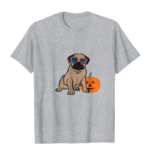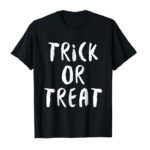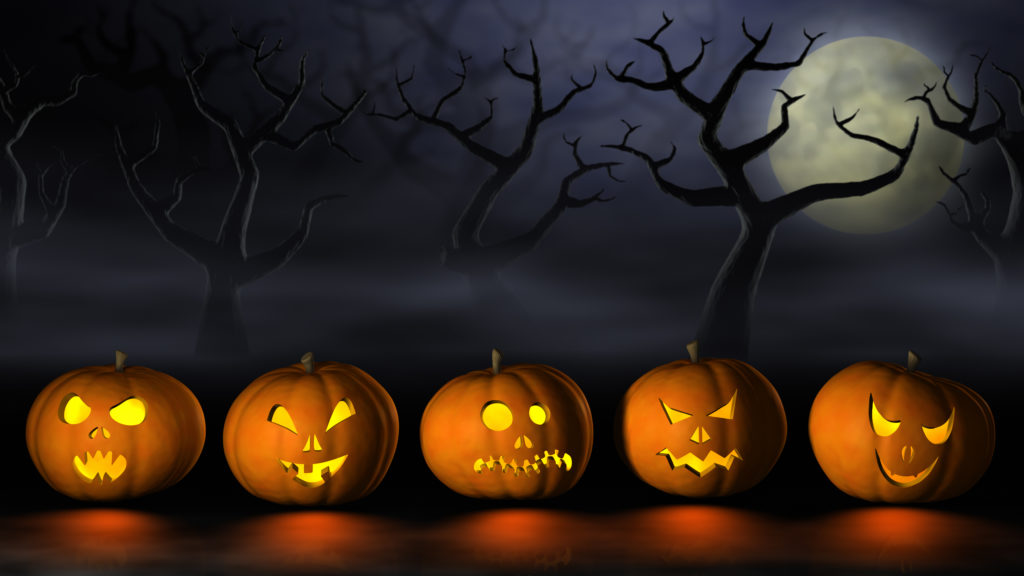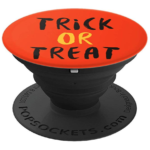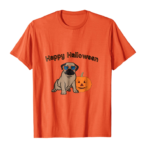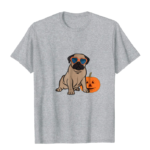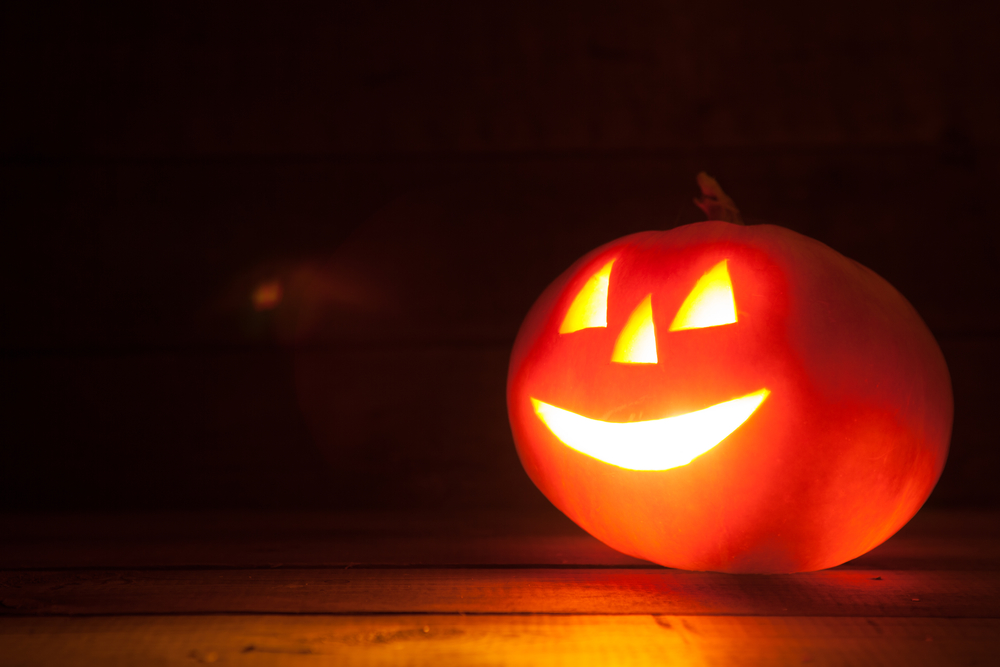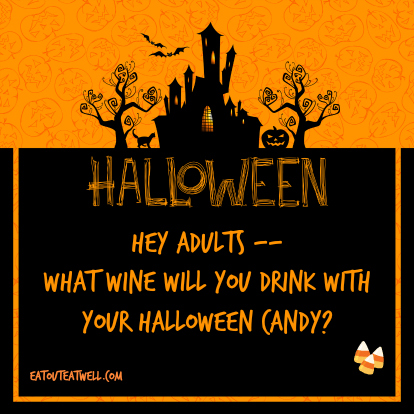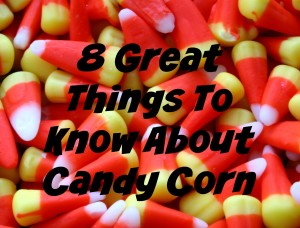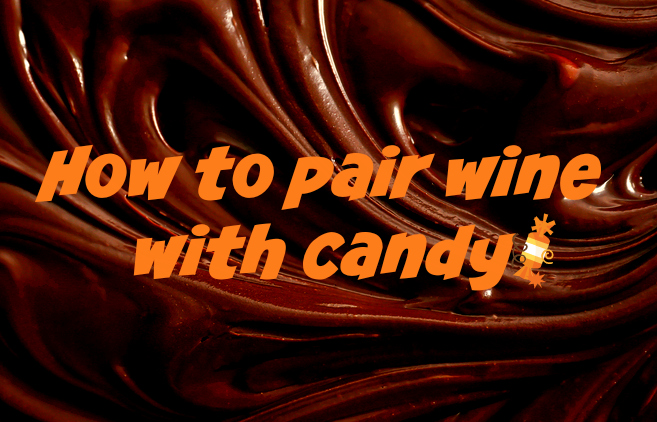
Halloween candy isn’t only for kids. Neither are Halloween parties. So, if you’re an adult, why not have some wine with your candy – whether it’s the candy you bought for trick or treaters, what you snag from your kid’s collection, or the inevitable candy filled bowl on just about every counter.
There are all kinds of opinions about what wine goes well with what candy. Experts will tell you that you should consider the wine’s sweetness, acidity, flavor and whether or not it’s sparkling or still. Since most candy is really sweet – especially the Halloween trick or treat kind –“outsweeting” the candy is tough to do!
Ultimately, your choice boils down to what you like, but here’s a synopsis of some of the recommendations.
Some Wine and Candy Pairing Suggestions
Fresher, fruit forward wines are great to pair with fruity candy. Sparkling rosés go really well with Gummy Bears and Worms and Starbursts, especially the pink and yellow ones. The strawberry and cherry notes in the wine mirror some of the red fruit flavors in the candy and the refreshing fizz helps to wash the sugar down. Other Starburst recommended pairings are light reds such as Pinot Noir, St. Laurent, Zweigelt or Gamay or sweet whites such as Reisling, Moscato, Malvasia.
Nerds go best with sparkling wines like champagne, proseco, cava, and sparkling rose.
The high acidity in Chenin Blanc off sets the sweetness in Jollyranchers.
Skittles can also pair well with the sweet whites or dry whites such as white table wine, Sauvignon Blanc, and Pinot Grigio.
The sweet creaminess of the yellow, orange, and white mellow crème kernels of Candy Corn and Pumpkins can pair with sweet whites, and rich whites such as Chardonnay, Marsanne, or Viognier, sparkling wines, and Port. The trick is to pick a Chardonnay or other wine that retains enough vibrant acidity to cut through the super sweet sugary candy. Or you can just keep shoving handfuls of candy corn into your mouth without allowing time to sip!
KitKat and 3 Musketeers are lighter and fluffier and pair well with sparkling wines and medium reds such as red table wine, Sangiovese, Zinfandel, Merlot, and Grenache.
Try a Muscat with sugary Smarties.
Tootsie rolls will always stick to your teeth and pair well with the light reds.
Butterfingers go with the rich whites and the dessert wines such as late harvest ice wines, Sherry, Port, Tawny Port, and Ruby Port.
Twix pairs with dessert wines and with bold reds such as Cabernet Sauvignon, Monastrell, Malbec, and Syrah. The sweetness of ice wines will also likely taste delicious with the caramel, cookies, and chocolate in Twix.
The cherry undertones of Pinot Noir pair nicely with Twizzlers – you could even dunk!
Reese’s pieces, those wonderful bites of peanut butter and chocolate, can go with the light reds, bold reds, and dessert wines. Or try a cool climate California Syrah which will complement the chocolate in the peanut butter cups and with other peanut butter candy bars.
Another recommendation for nutty, chocolate candy is to pair it with wine that balances the sugar and cream from the milk chocolate and the salt from the peanuts and peanut butter. The strong acidic factors in Spanish Sherry make it a great pairing because it cuts through the fat and, depending on the aging, tends to have a nice nutty quality. German Rieslings also pair well.
The strong, sweet, creamy taste of Port pairs quite well with chocolate, caramel, and peanuts like the combo found in Snickers and with classic Caramels.
Heath Bar (one of my all time favorites) goes well with the dessert wines.
M&Ms, while they’re melting in your mouth and not in your hands, can be washed down with the bold and medium reds. Try a red Zinfandel.
For the coconut lovers, the harsh tannins in Cabernet Sauvignon pair well with the dark chocolate and coconut in Mounds.
Sour Patch Kids – maybe aptly named — don’t seem to pair well with anything except a puckering mouth, but you can try a bubbly NV Rosé.
If there are some caramel apples to bite into, the toastiness of caramel and butterscotch might pair well with Muscat or Gewürztraminer because the acidity of the white wine should stand up well to the sweetness of caramel. If you want to focus on the apple flavor, try ice wine, Sauternes, or a late-harvest Sauvignon Blanc.
And why not pair a Grand Cru Bordeaux with a 100 Grand Bar?
And then there’s chocolate with huge range of strong flavors including sweet, bitter, fruity and even acidic – flavors that don’t pair well with standard dry table wine. After a bite of a rich chocolate it won’t have any flavor. So try a sweet dessert wine instead. Its richness will enhance the flavor of both.
Here are some things to consider for chocolate pairings: think about choosing a wine that’s as sweet as the chocolate or try pairing by color – the darker the chocolate, the darker the wine. consider the bitterness and texture. Napa Valley Cabernet Sauvignon and dark chocolate are an excellent classic pairing because the bitterness in the chocolate is similar in texture to the tannins in the wine.
Milk chocolate Hershey bars will always be someone’s favorite and they go with most wines, especially the rich and sweet whites and the light and medium reds. With the more bitter Hershey’s Dark chocolate, try a red Syrah.
Have a Happy Halloween!
